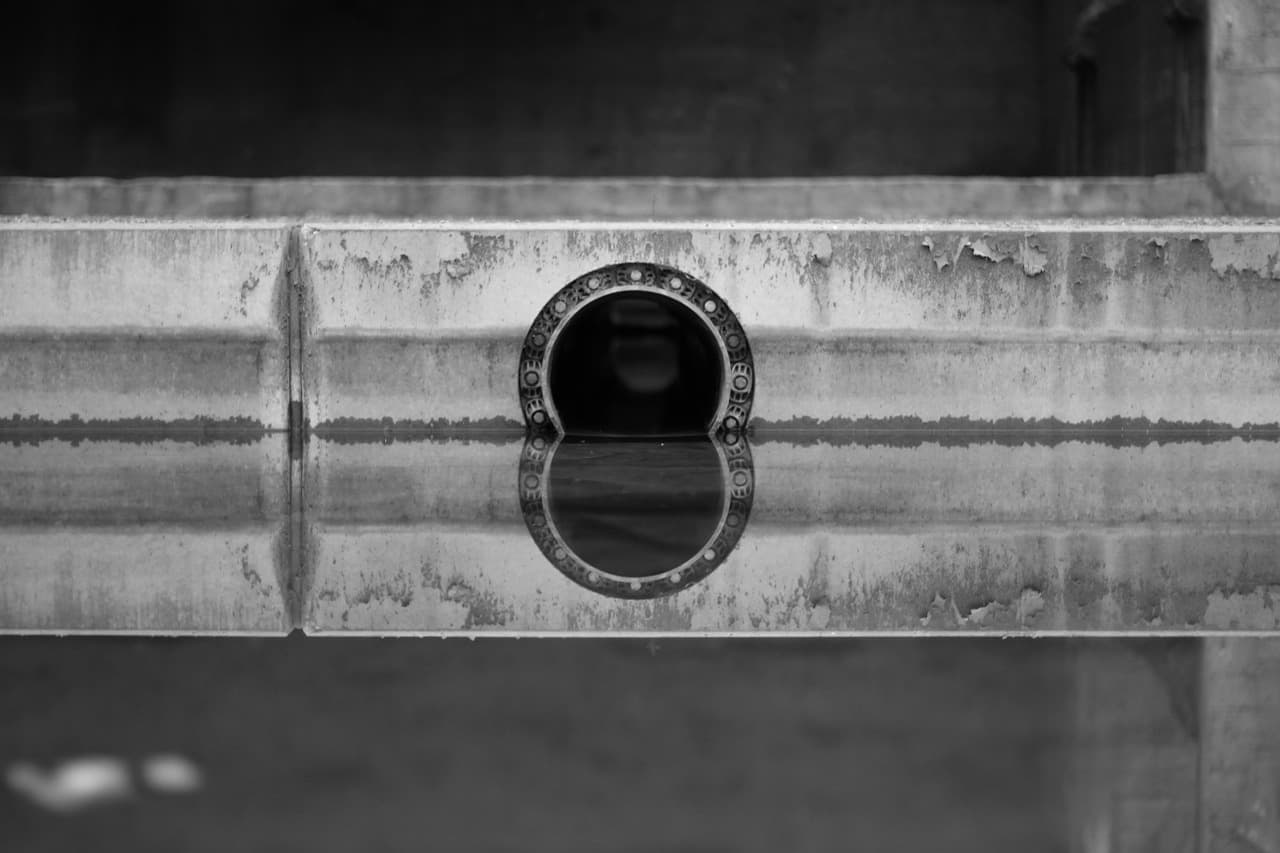Where the toilet drains after going into the sewers? Few ordinary people think about, but city planners can’t take it out of the program. In a city full of toilet bowls, underground pipes being laid intricate and complicated, and build a large centralized sewage treatment system is necessary. In New York, for example, which has nearly 9 million people has more than 11,000 kilometers of sewage lines underground and 14sets of sewage treatment centers. Every day, they process nearly 6 million cubic meters of municipal sewage.
When the sewage arrives, the hinge will grab the solid waste out from the water. The wastewater, known as “municipal sludge,” is then poured into reactors which as high as 14-storey, the sludge will proceed of reduction, physical and harmless treatment there. The filtered clean water is discharged into the sea and join the water circulate, and the filtered residue-sludge is dehydrated and dried and then landfilled or recycling for reuse.
Due to the fuel value of the sludge: completely dry sludge with 90% dry solids content has nearly fuel value (about 11,000 KJ / kg) to lignite, which is very suitable as an alternative fuel for coal - power station, waste incineration plant, or as supplemental fuel to a cement plant or brick factory. Therefore, after drying and treatment, municipal sludge is a valuable product that can be easily handled and recycled without adversely affect human health and the environment.
Sludge treatment usually requires three main steps: pretreatment, concentration and dewatering, and back-end disposal. Reducing the volume of the sludge is key to limiting its handling and transportation costs. Therefore, the core of sludge treatment is volume reduction or dehydration. Dewatering is the crucial part of the entire sludge treatment process; it aims to reduce the moisture content, reduce the volume of the sludge, and make possibility and convenience conditions for the final disposal.
Sludge dewatering and drying treatment include natural dehydration, mechanical dehydration, and thermal drying treatment. At present, the belt filter press dewatering is the most widely used, which dehydration rate could reach 60-80%.
The belt filter press is an equipment which has two filter belts on a series of rollers in different order and size and using the squeezing and shearing force between the cloth to remove moisture in the sludge. It is the ideal equipment for sludge dewatering. Thanks to its advantages of continuous working, supermatic, energy saving, convenient, easy maintenance and low cost.
In the belt filter, the sludge is being gravity dehydration, low-medium pressure dehydration, and high-pressure extrusion dehydration to reduce the moisture of the filter cake gradually.
The filter belt fabrics is the filter element of the belt filter press; it plays the core role in the dewatering process and determines the output, efficiency, and cost.
The filter belt fabrics are woven by sturdy synthetic monofilament and stabilized by a heat-fixing process. It can be used both as filter belts and drying belts. The sturdy twill weave structure, smooth surface, precise opening, and good air permeability ensure optimal dewatering results of the sludge treatment. Due to the stable mesh structure, the belt cloth could withstand extremely high area loads. Also, the belts are very easy to clean and replace.
The conventional back-end disposal plan of the dry sludge include sanitary landfill, incineration, land use, building utilization at home and abroad.
In recent years, incineration has adopted appropriate pretreatment processes and advanced incineration methods to meet increasingly stringent environmental requirements. Municipal sludge thermal drying and incineration technology have been applied successfully in Europe and the United States, making sludge dewatering, drying and incineration technology widely deployed in developed countries, and has become the main disposal method.









